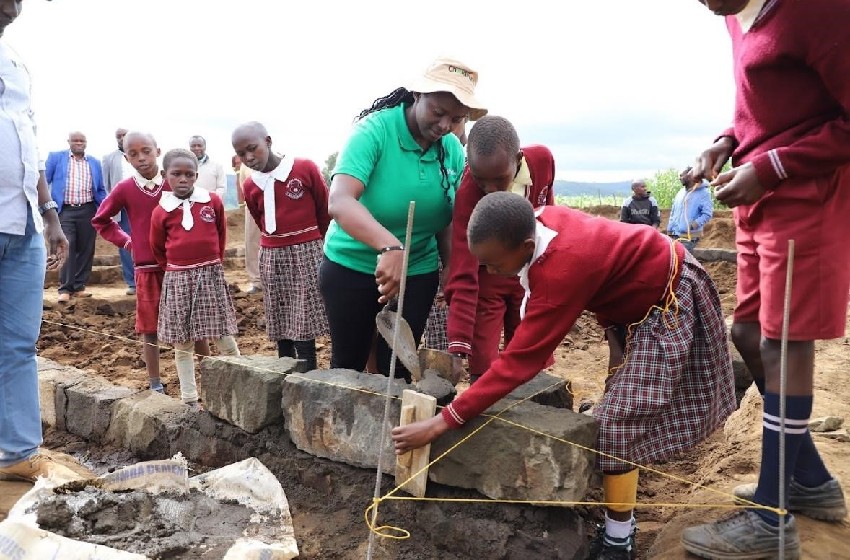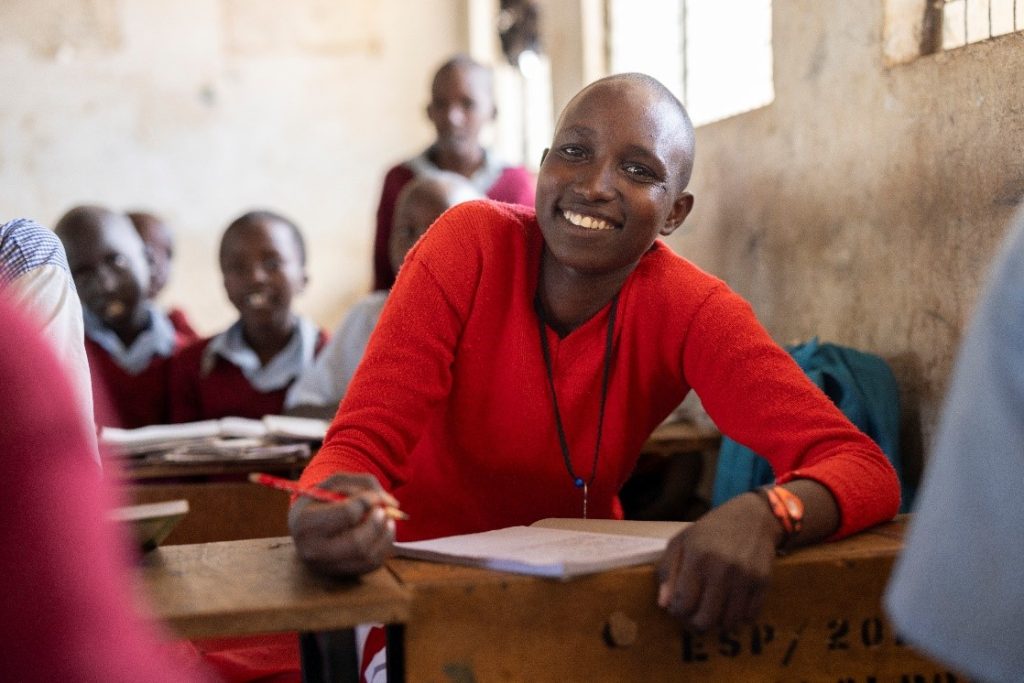School submerged by floods in Baringo gets Ksh30 Million facelift
August 14, 2024
Salabani Primary, the school that was in 2020 swept by floods from Lake Baringo and Bogoria, has been reconstructed with new classrooms set on higher ground. The school, located in Baringo County, has undergone a significant makeover, giving it a fresh new look.
The rehabilitation was sponsored by ChildFund Kenya, which caters to the welfare of children, to the tune of $299,000 (about Ksh30 million). Working with the Central Rift Community Development Program (CRCDP), ChildFund constructed eight primary and two Early Childhood Development classrooms, an administration block as well as pit latrines.
ChildFund Kenya Country Director Alice Anukur said the primary section had been equipped with 400 desks while the pre-primary level with 170 chairs and 45 tables. Enrollment and transition are expected to grow as the school has a favourable learning environment.
The new structures were officially commissioned by Labour and Social Protection Cabinet Secretary Simon Chelugui, who underscored the need to create a supportive learning environment for children.
“The new structures provide a comfortable and safe learning environment for children while staff and employees have a modern and spacious administration block,” says Ms Anukur.
Salabani Primary and ECD Centre were hit hardest by the flooding in Baringo County, leading to temporary closure after it was submerged. The school relocated to a new site with make-shift iron sheet structures that were not comfortable for learning.
Speaking at the event, Ms Anukur noted that climate change is increasingly becoming a threat to children’s lives. Climate change drives inequality and prolongs poverty traps, she said, with children and adolescents particularly exposed.
She said floods create extra barriers to education in areas where rising hunger, ongoing conflict, and the impact of the COVID-19 pandemic have already affected children’s learning.
“Up to two-thirds of preventable illness and death from environmental hazards such as flooding is experienced by children, with the burden predominantly in those aged under five years,” she said.
According to ChildFund, every year, around 1.5 million children see their education interrupted in Kenya – and half of them drop out of school because of climate and environmental threats.
The ChildFund Kenya Country Director said children out of school are at greater risk of being abused and exploited or recruited into child labour or into armed groups. Girls are less likely to return to school once lessons resume and many become victims of early marriage.
“Developmental gains in education are offset due to damage or destruction of school facilities due to flooding, extended disruption of education, and limited access to schooling,” she said.
Salabani School was severely impacted by the disaster, remaining submerged for months. This led to the temporary closure of the school, affecting 163 pre-school pupils and 273 primary pupils. To ensure that the children could continue their education, the school relocated to a temporary site with iron sheet structures. However, this new location was extremely hot, uncomfortable, overcrowded, and lacked sufficient learning equipment such as desks and chairs.
Salabani School was established in 1964 under a large tree. In 1970, the community came together to build four classrooms. In 1997, ChildFund intervened, constructing eight permanent classrooms, an administration block, and three toilets, and installing a water tank. Later, ChildFund returned to relocate and construct a new school after the original school was submerged.







